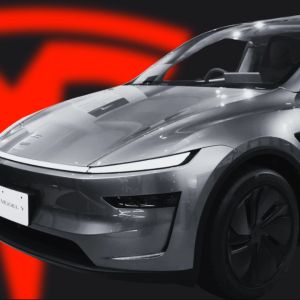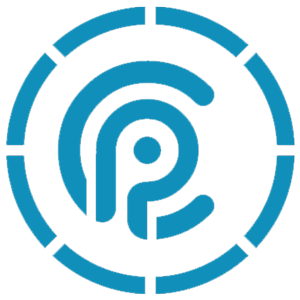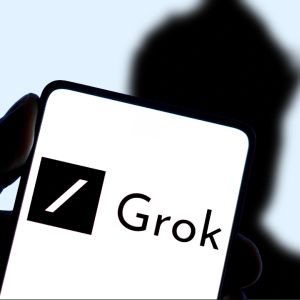Tesla seeks Arizona approval for its autonomous ride-hailing service by the end of July
3 min read
Tesla has formally asked Arizona regulators to greenlight certification for its autonomous ride-hailing service, aiming to win approval by July’s end. According to an email from the Arizona Transportation Department, Tesla submitted its application late last month and is seeking permission to test its vehicles both in driverless mode and with a driver. The company has signaled plans to serve riders within the Phoenix metropolitan area. Last month, the company quietly launched a limited robotaxi trial in a small section of Austin, TX. The test involved roughly a dozen Model Y SUVs, each carrying only select passengers under strict conditions, including a trained safety monitor. In the opening days of the Austin trial, social media posts highlighted several traffic hiccups and erratic driving maneuvers. Despite that, on Wednesday, Musk announced that the company will extend the service’s footprint in Austin this weekend. He also forecasted that, pending necessary approvals, the company could begin operating robotaxis in the SF Bay Area over the next two months. Yet California’s transportation regulators say Tesla has not yet filed for the additional permits required to run its self-driving fleet in that region. The CPUC granted Tesla its first such permit in March, but no new applications have been recorded, according to a commission spokesperson. Musk has been optimistic about the timeline. On X, he suggested that robotaxis might debut in the Bay Area “probably in a month or two,” provided regulators give the nod. He reiterated that local expansion in Austin would begin this weekend. Musk is expanding Tesla’s scope as the EV lineup faces sales slowdown Tesla’s broader strategy under Musk has increasingly emphasized cutting-edge ventures, including AI, humanoid bots, and autonomous vehicles, as sales growth in its traditional electric-car lineup has slowed. Musk is known, however, for setting ambitious targets in self-driving technology that are often missed. In another 10th July post, Musk said Grok, the AI chatbot from his xAI venture, would be integrated into the company’s cars “next week at the latest.” Meanwhile, the company has outlined a phased California rollout to the state’s Motor Vehicles Department. The initial stage would involve giving employees prearranged rides in self-driving cars, each featuring a safety driver. Wall Street analysts and investors are keeping a close eye on the robotaxi push. They note potential roadblocks could arise from regulatory red tape, technology gaps, or further traffic mishaps. U.S. safety authorities have already begun probing reports that the company’s pilot vehicles in Austin broke traffic laws within hours of launching. Though the Austin fleet currently numbers only a few dozen Model Ys, Musk mentioned that the company aims to scale the service to about 1000 vehicles in the coming months. He also plans to roll out a dedicated Cybercab model designed without pedals or a steering wheel. The company’s stock price reacted positively to the news. Shares rose up to 4.1% during trading and increased to 2.3% by 1:30 PM, ET, even after a 25% drop year to date. “This rapid robotaxi deployment could spell the beginning of Tesla’s assault on existing shared-mobility models, including other robotaxi network operators,” Alexander Potter from Piper Sandler wrote in a July 10 research note. Your crypto news deserves attention – KEY Difference Wire puts you on 250+ top sites

Source: Cryptopolitan


